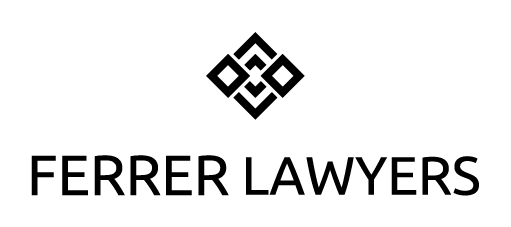September 2010
Corporate governance is vital to the success of any company. A study found that “firms with stronger shareholder rights had higher firm value, higher profits, higher sales growth, lower capital expenditures and fewer corporate acquisitions.” 1 Investors who bought in firms with strong democratic rights and sold those with weak rights “would have earned abnormal returns of 8.5 percent per year during the same period.” 2
In July 2005, the Quoted Companies Alliance published the Corporate Governance Guidelines for Alternative Investment Market (AIM) companies based on the Combined Code (CC) which are voluntary. A company listed on the AIM isn’t required to formally comply with the CC but it is highly recommended to do so.
A company registered on the AIM of the London stock Exchange (LSE) has a minimal regulatory burden where the requirements for capitalisation or the number of shares issued are not as strict as the Main Market. According to the LSE, since 1995 AIM has funded in excess of ₤24 billion for more than 2,200 companies. AIM provides companies with a viable alternative to the Main Market with the following features:
- no minimum shares in public hands;
- no trading record requirement;
- subject to certain conditions, no prior shareholder approval for transactions;
- admission documents are usually not pre-vetted by the LSE or by the United Kingdom Listing Authority (UKLA). The UKLA will only vet an AIM admission document if it’s also a prospectus under the Prospective Directive;
- nominated adviser required at all times;
- no minimum market capitalisation.
The LSE issued a Guidance Note 3 for mining, oil and gas companies listed on the AIM. Under “Part 2 – Ongoing Obligations” it sets out a list of continuing requirements including drilling updates, regular reviews by a qualified person and by a nominated adviser.
Companies should be aware of and generally satisfy the best practice guidelines contained in the CC. Disclosure is mandatory in reports and public accounts. The CC sets out standards for good practice in relation to issues such as board composition and development, remuneration, accountability, audit and relations with shareholders.
Among the more prominent practises raised in the CC is the need to separate the role of chairman and chief executive; the need for independent non-executive directors and effective internal controls. Best practice also typically includes the adoption of corporate governance guidelines and separate audit, remuneration and nomination committees.
The CC works on what is known as a “comply or explain” basis. Companies may choose not to comply with specific provisions but will have to provide a public explanation for their decision.4 Management committees should carefully plan, organise, resource, lead and exercise control for the purpose of accomplishing its goals. It is recommended that a board of directors include no less than 8 members of which no more than 2 directors are employees of the company. The remaining directors should be independent and free from any conflicts of interest.
The selection and qualification of any director must undergo rigorous assessment in order to procure skilled experts with background relevant for the success of the company. No current board member should concurrently serve on the board of more than four other public companies. It is recommended that board members be appointed and rotated so the chairman changes every 12 months.
Any directors’ personal interests in a company must be disclosed for the board will decide whether a conflict exists. The board should include four permanent committees: audit; executive compensation; finance and benefits; and corporate governance. This will produce an efficient, productive and transparent approach which shareholders demand these days. Annual reviews of board members together with evaluation of the CEO by the independent directors should be implemented. The CEO is responsible for all communication with the public but not before consulting with the board.
Today, corporate governance takes a pivotal role in most companies especially in light of the surprising recent collapse and financial failures of industry giants such as WorldCom, Enron, Parmalat, Marconi and, as at the date of this article, the total meltdown of banking systems across the world, but predominantly in the USA, UK and Europe. Corporate governance has become an integral board and management agenda item. That said, certain obligations cannot be overlooked and must be considered or investor confidence is lost and scrutiny by the watchful eye of the LSE is earned.
1 Paul Gompers (Harvard University) & Andrew Metrick, “Corporate Governance and Equity Prices”, University of Pennsylvania’s Wharton School.
2 James McRitchie; “Corporate Governance” 19 April 2007
3 London Stock Exchange, “AIM Guidance Note for Mining, Oil and Gas Companies” June 2009
4 Alan Calder; “Corporate Governance: A Practical Guide to the Legal Frameworks and International Codes of Practice”, Kogan p 3, March 2008.


